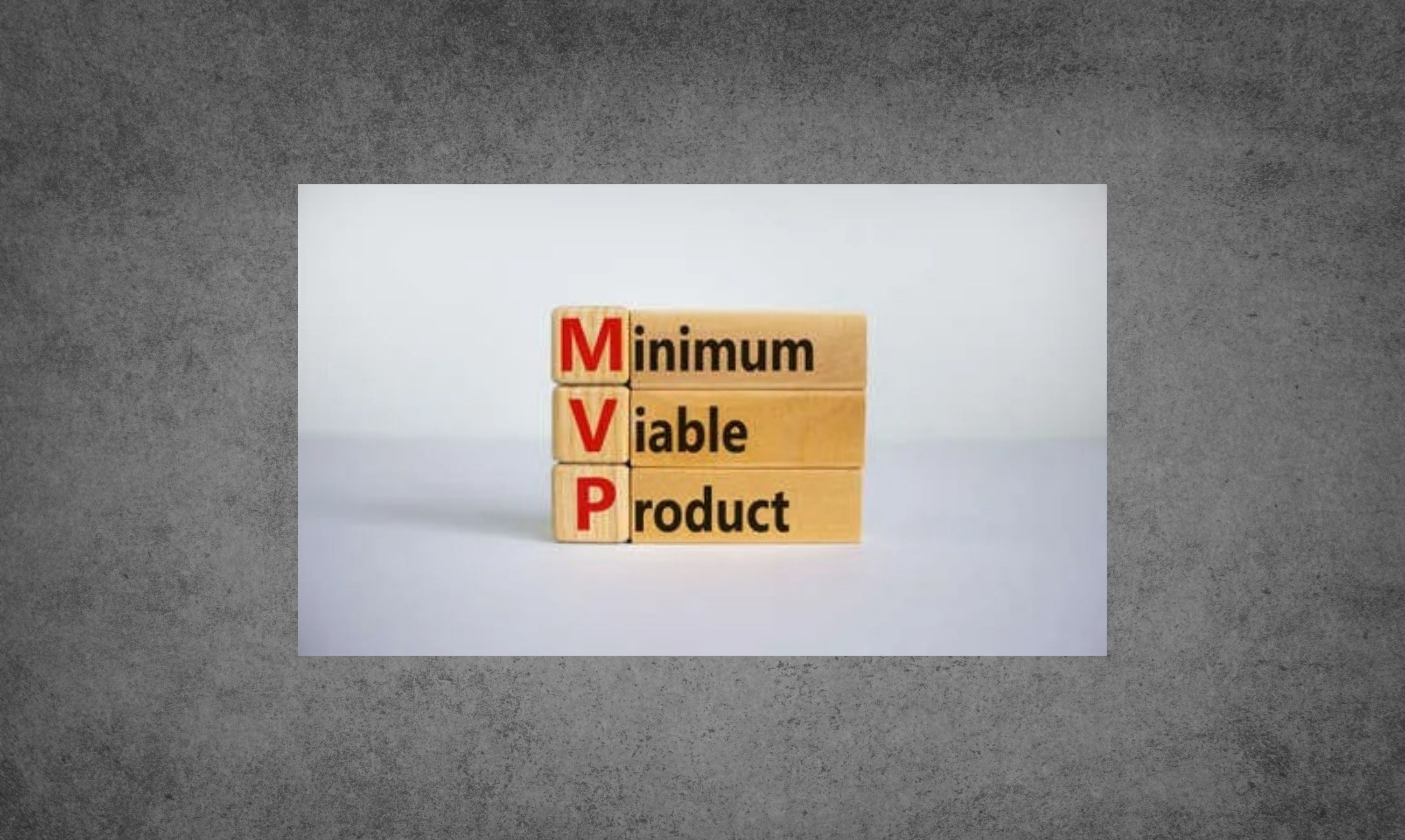Minimum Viable Product: Essential Steps to be Follow
Ignoring the construction of a proper MVP. The Minimum Viable Product, or MVP, is a crucial initial step toward turning your business into a full-fledged service provider or product maker. MVP allows you to test your fundamental premises and if done correctly, may be a great source of data and insight for your product management approach.
Flaws in the MVP Development Process
Startups make blunders all too frequently that harm their brilliant ideas from the beginning. Even if the business succeeds, it will not be able to sustain itself for long.
Most entrepreneurs make the following blunders, which lead to the early death of their businesses.
Putting Final Items to the Test in Deep Seas
The concept of an MVP is misunderstood by the majority of company founders. They choose a polished and final product rather than building a prototype with only the bare necessities for testing and user input. You’ve made the error of presuming what your users desire rather than basing your qualities on their candid comments and test logs.
What’s the end result? months of development time, energy, and money have all been squandered on a product that does not answer any of the consumers’ concerns.
User Feedback Procrastination
We realize how enthusiastic you are about your concept and business, so trust us. As a founder, it’s challenging to open it up to consumers while the idea is still in its early stages and only the essentials are visible. It’s tempting to wait until your concept is more developed before releasing it to beta testers or soliciting feedback.
Focused on Mobility
It’s an excellent strategy, and you should have a growth attitude but don’t get caught up in fantasizing. Your MVP does not need to be tremendously over-engineered.
Spend no more time than necessary developing early versions of your product. Rather than focusing on growing your product or operations, you should focus on maximizing your growth and networking opportunities to ensure that your product is well received as it increases.
Fundamental MVP development problem:
You’re not a know-it-all who knows more than my users. This may happen in a variety of ways, including failing to solicit input, dismissing user feedback, and being completely unaware of where your software falls short.
So, since you think you know more about business, goods, and services than your consumers, you build a product that no one can use.
While not reaching out is terrible for the company, being overly social might kill your MVP. Having an MVP that can handle everything at once can be quite profitable. Such development will result in complicated, feature-rich, and sluggish software that is tacky and does not provide the user with a knowledge of what is at its heart. Establishing an important MVP feature set is a difficult task that requires either prior knowledge or expert advice.

